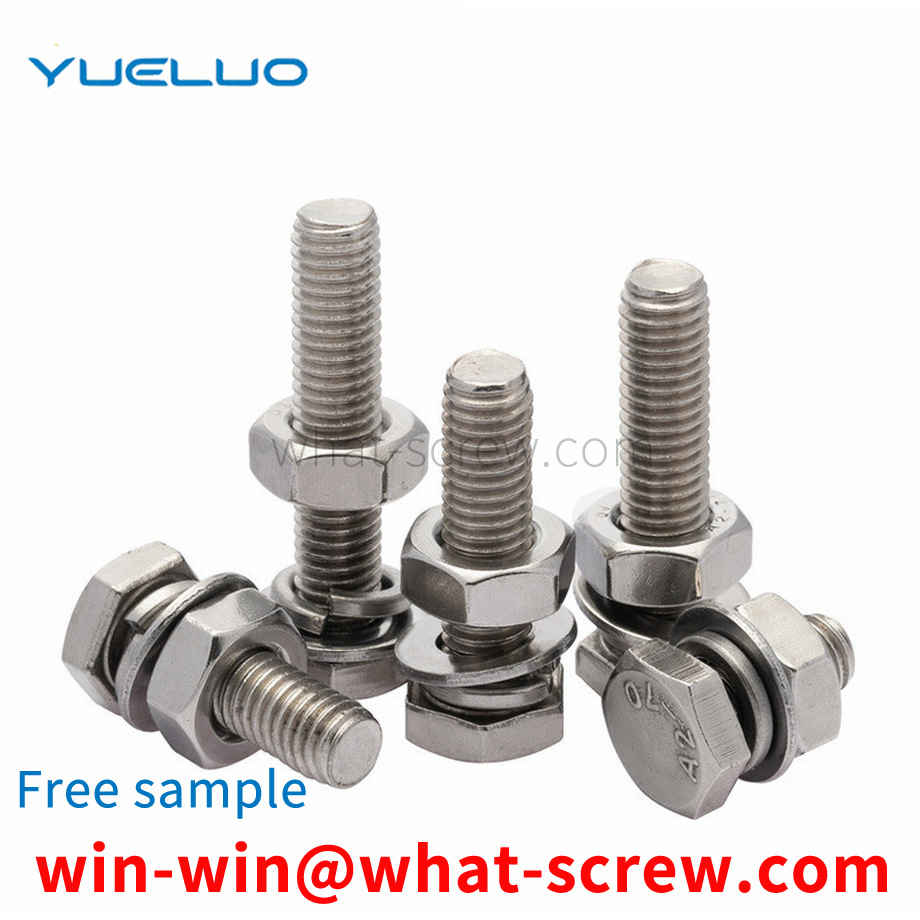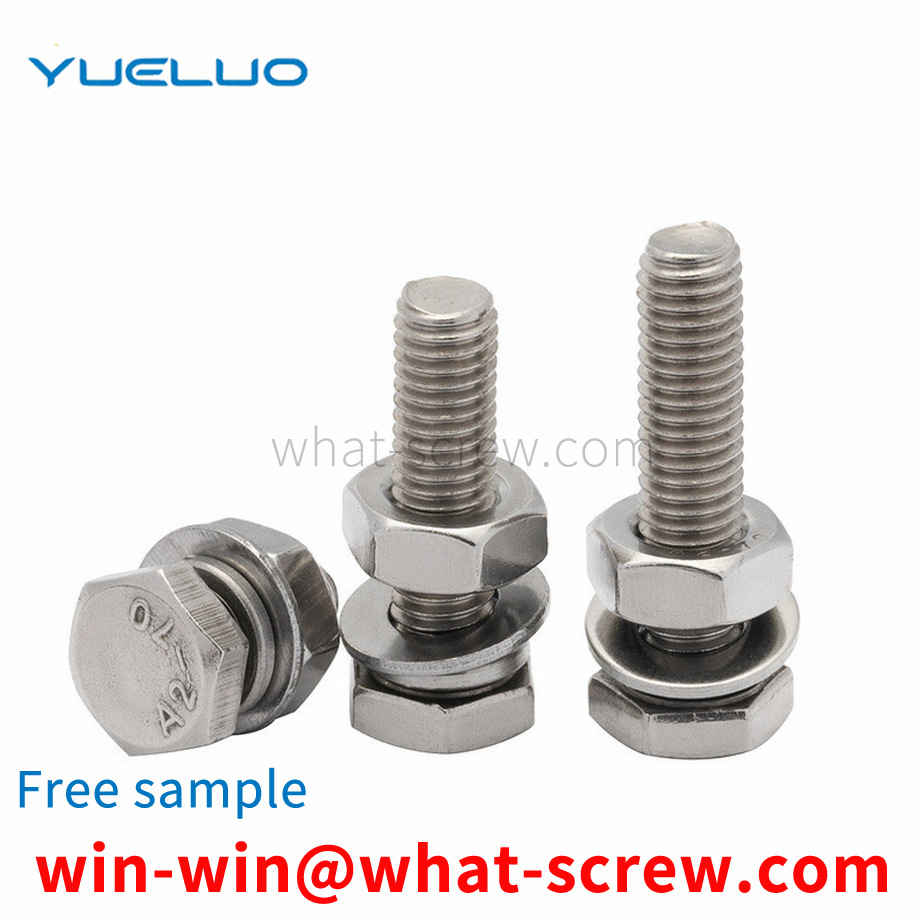Hexagon socket head cap screws are indispensable industrial necessities in daily life and have important tasks in industry. But ordinary hexagon socket head cap screws must be installed and disassembled with special tools. For ordinary users, some simple disassembly and maintenance work are often unable to be handled due to lack of tools.
Inspection method There are two types of screw surface inspection, one is the inspection before the screw is produced and not plated, and the other is the inspection after the screw is plated, that is to say, after the screw is hardened and the surface of the screw is treated. . After the screws are produced and before electroplating, we inspect the screws in various aspects such as size and tolerance. See if there are national standards or customer requirements. After the surface treatment of the screws, we will inspect the plated screws, mainly to check the color of the plating and whether there are any broken screws. In this way, when we deliver screw goods to customers, customers can successfully pass the customs when they receive the goods. Inspection of screws after treatment: 1. Appearance quality requirements The inspection of the appearance of screws is carried out from the aspects of appearance, electroplating layer and so on. Second, the inspection of the thickness of the screw coating 1. The measuring tool method uses a micrometer, a vernier caliper, a plug gauge, etc. 2. Magnetic method The magnetic method is used to measure the thickness of the coating layer, which is a non-destructive measurement of the non-magnetic coating layer on the magnetic substrate with a magnetic thickness gauge. 3. Microscopy Microscopy is called metallographic method, which is to magnify the etched fasteners on a metallographic microscope with a micrometer eyepiece to measure the thickness of the coating on the section. 4. Timing flow method The timing flow method uses a solution that can dissolve the coating to flow on the local surface of the coating, and calculates the thickness of the coating according to the time required for the local coating to dissolve. There are also coating drop method, anodic dissolution Coulomb method, etc. 3. Inspection of the adhesion strength of the screw coating There are many methods for evaluating the adhesion between the coating and the base metal, usually the following. 1. Friction polishing test; 2. File method test; 3. Scratch method; 4. Bending test; 5. Thermal shock test; 6. Extrusion method. 4. Inspection of corrosion resistance of screw coatings The corrosion resistance inspection methods of coatings include: atmospheric exposure test; neutral salt spray test (NSS test); acetate salt spray test (ASS test), copper accelerated acetate salt spray test (CASS) test); and corrosion paste corrosion test (CORR test) and solution spot corrosion test; immersion test, inter-dipping corrosion test, etc.
In the fastening connection parts and parts assembly of various equipment and tooling, if the screw and nut anti-loosening treatment is required, there is a contradiction between anti-loosening and tightening or tightening and loosening. For example, the resistance is large when tightening. , or the resistance is large when loosening, or the anti-loosening effect is not good, or the service life is short, and it will be scrapped after 2 to 3 times of use. In a word, all kinds of anti-loosening nuts have the above problems at present. Therefore, it is necessary to utilise a new type of anti-loosening nut with low resistance when tightening or loosening, but with better anti-loosening effect and long service life.
The pin, also known as the pin, has a simple structure and is easy to assemble and disassemble. It is widely used in various fixed connections. The pin is mainly used to fix the relative position between two parts, also used to connect parts, and can transmit a certain load. , At present, the pins on the market generally have the problems of being easy to loosen and fall off.
Rivets are usually used for riveting the connection between objects, and usually require the use of specific special tools to operate. There are many types of rivets, such as round head rivets, flat cone head rivets, countersunk head rivets, half countersunk head rivets, flat head rivets, hollow rivets, tubular rivets, sign rivets, etc. in order to meet different operational needs.
We have many years of experience in the production and sales of screws, nuts, and flat washers. Firmware Solutions.



















 Service Hotline
Service Hotline




